Coracoid process fractures
Scapular process fractures
Types
Coracoid process
Scapula spine
Acromial fractures
Coracoid process
Scapula spine
Acromial fractures
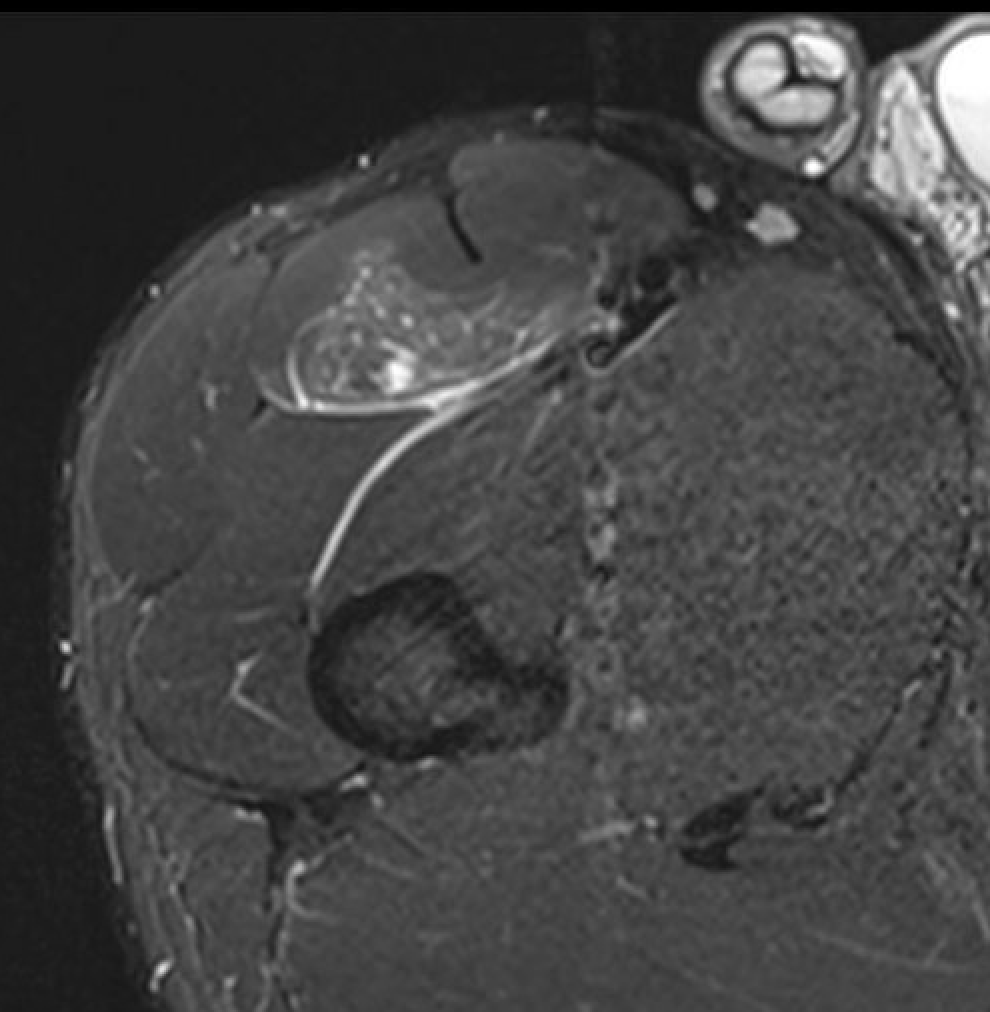
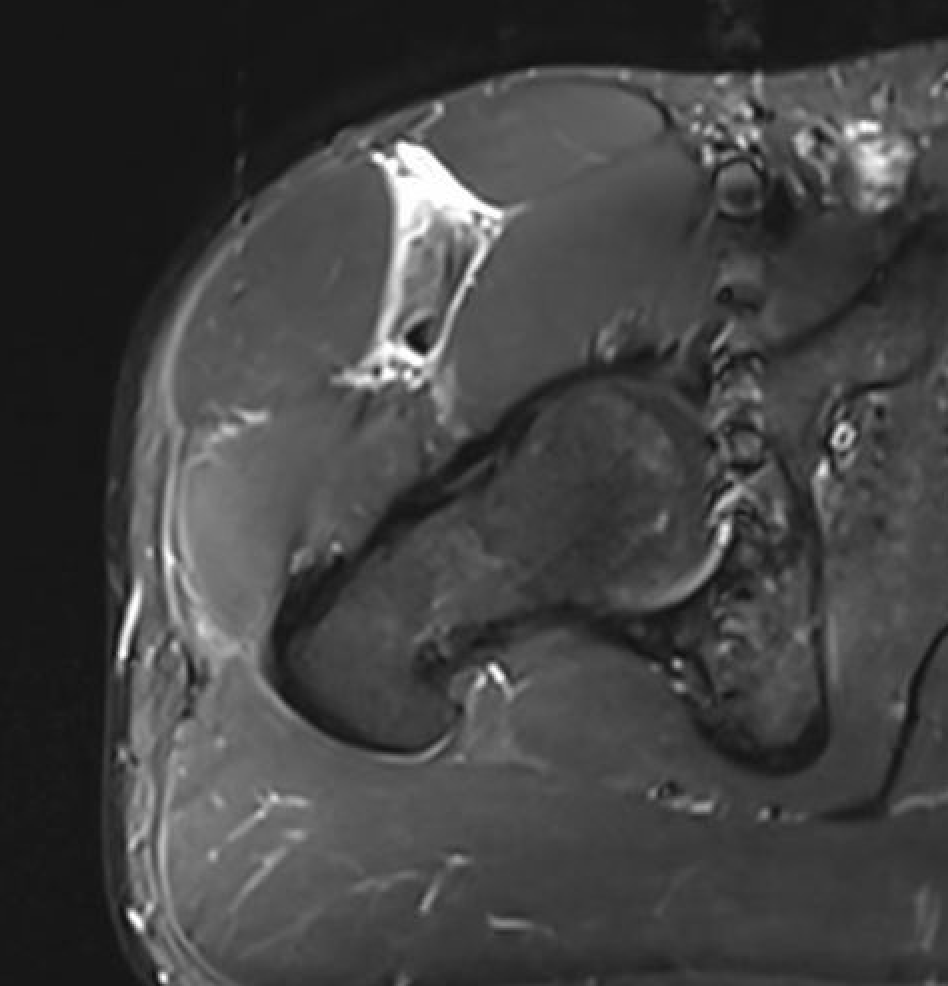
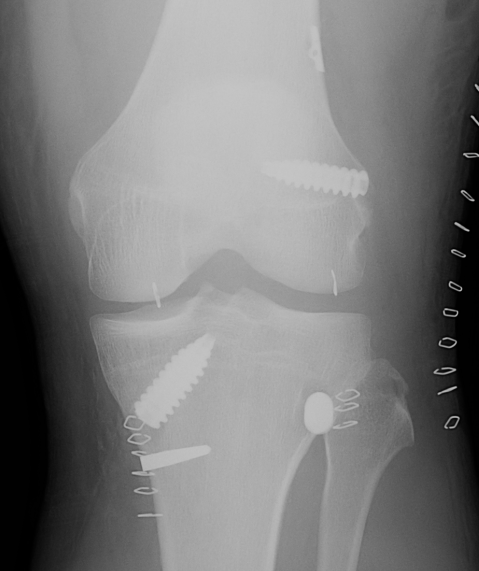
Operative v Nonoperative
Levy et al Arthroscopy 2009
- systematic Review
- improved outcomes with operative management
https://pubmed.ncbi.nlm.nih.gov/19341932/
Vicenti et al. Injury 2019
- systematic review
- two studies compare operative v nonoperative
Athletes with increase activity / distance
Women with eating disorders / amenorrhea
Compression / inferior neck
- < 50% protective weight bear
- > 50% emergent ORIF
Tension side / superior neck
- emergent ORIF
Adolescent boys
Proximal tibia / primary ossification centre
Tibial tuberosity / secondary ossification centre
- eventually merges with primary ossification centre
Type I - Tibial tuberosity ossification only
5 Annular pulleys
3 Cruciate pulleys
A1 and A5 expendable
Loss of other annular pulleys can lead to bowstringing
- A2 & A4 +/- A3
Rock climbers
- usually when slipping
May hear or feel a pop
Develop swelling / tenderness / pain
Bowstringing
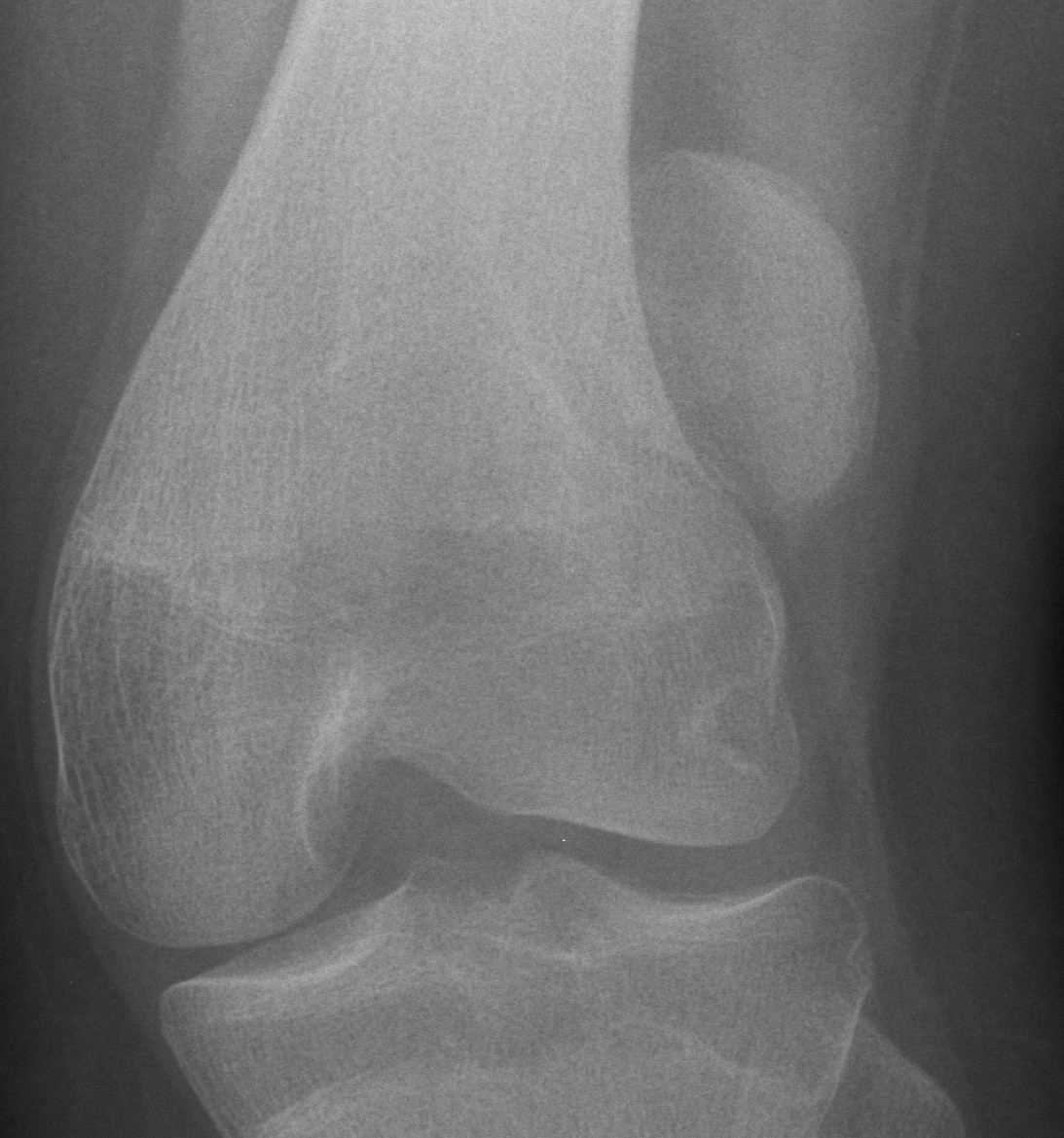
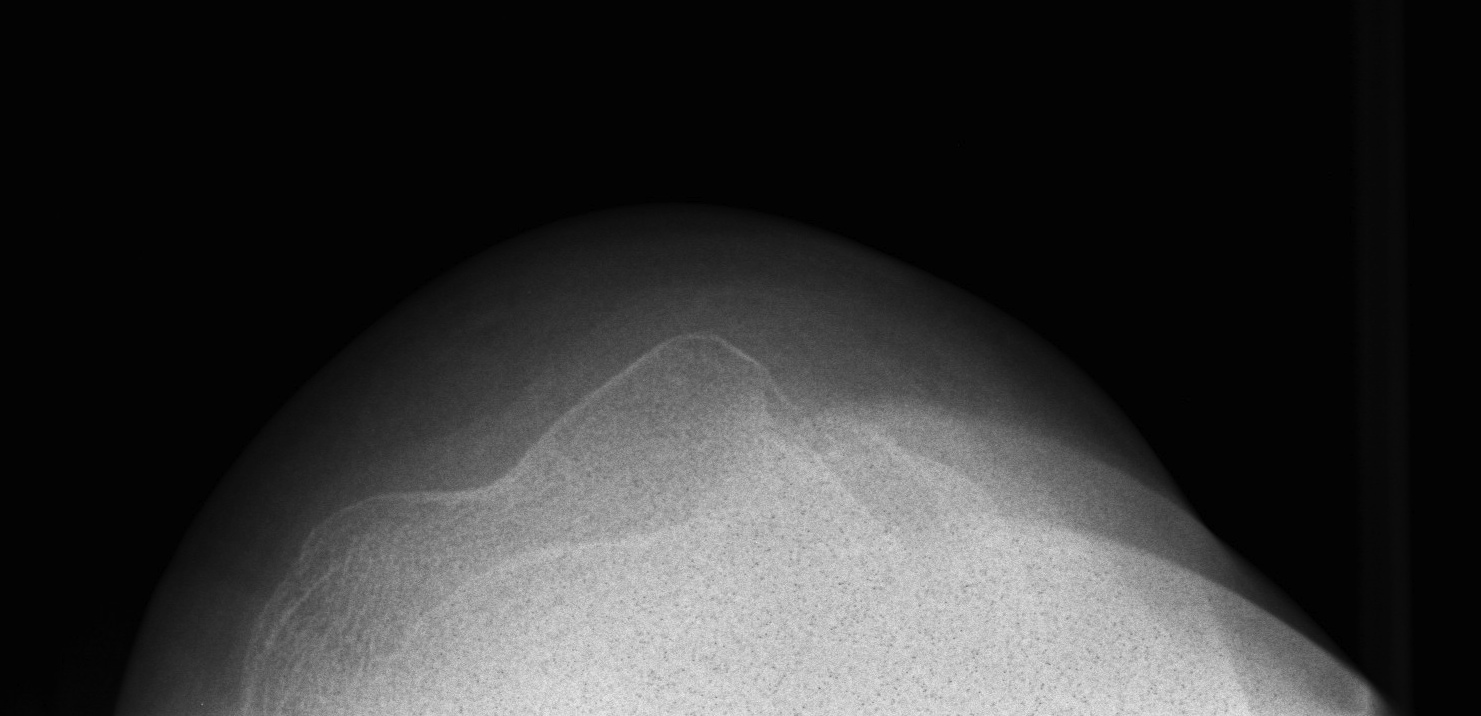
1. Direct lateral blow to patella
- usually with knee partly flexed and quadriceps relaxed
2. Indirect low energy injury
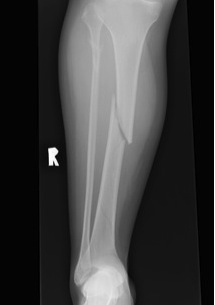
Most common long bone fracture
Young patients / sports
Elderly / simple falls
MVA - often compound
Grade 0
- nil ST injury
Grade 1
Pain & Stiffness
- often more pain than FT tears
Bursal side tears more painful than articular
Articular side more common
May see in young patient overhead throwing
Painful arc
Impingement signs
No weakness
- function good